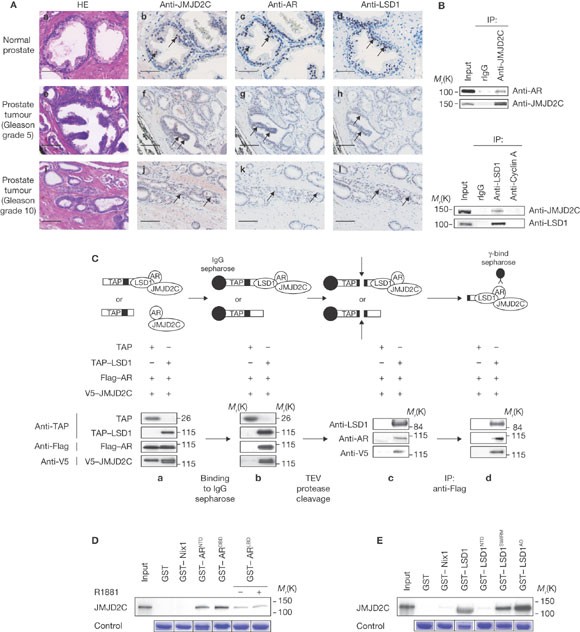
- Select a language for the TTS:
- UK English Female
- UK English Male
- US English Female
- US English Male
- Australian Female
- Australian Male
- Language selected: (auto detect) - EN
Play all audios:
* NHS England Guidance NIPE QUALITY IMPROVEMENT: GOOD PRACTICE MODEL Updated 30 January 2025 APPLIES TO ENGLAND CONTENTS * 1. Provision of screening * 2. Data collection and monitoring * 3.
Screen positive referrals Print this page © Crown copyright 2025 This publication is licensed under the terms of the Open Government Licence v3.0 except where otherwise stated. To view this
licence, visit nationalarchives.gov.uk/doc/open-government-licence/version/3 or write to the Information Policy Team, The National Archives, Kew, London TW9 4DU, or email:
[email protected]. Where we have identified any third party copyright information you will need to obtain permission from the copyright holders concerned. This publication is
available at https://www.gov.uk/government/publications/newborn-and-infant-physical-screening-quality-improvement/nipe-quality-improvement-good-practice-model This good practice model is
adapted from the NIPE service specification, the NIPE SMART clinical handbook and NIPE SMART user guide. 1. PROVISION OF SCREENING All eligible babies, born or resident in England, should be
offered a NIPE screen within 72 hours of birth. We recommend completing the newborn examination before a baby is discharged from hospital (unless a homebirth) to have the best chance to
meet the 72-hour target. 2. DATA COLLECTION AND MONITORING The eligible population of ‘new births’ or ‘new registrations’ is identified through a birth notification and automatic transfer of
data to the national NIPE SMART IT system. Local maternity services enter timely data into the NHS number registration system (patient demographic system/birth notification application) to
enable electronic identification of babies eligible for screening within NIPE SMART. This should be completed as soon as possible after birth and before any newborn screening (NIPE, newborn
hearing screening or newborn blood spot screening). If NHS numbers are not generated for any reason, the provider should have systems in place to identify eligible babies and undertake
screening without delay. The clinician who undertakes the NIPE examination should record the screening outcome, using NIPE SMART. This should be done at the time of the examination or as
soon as possible after the examination. Providers must use NIPE SMART to manage the local screening process and link into the national failsafe system. If the provider is not using NIPE
SMART, the failsafe element of the programme is compromised. Any babies identified as not having received a newborn physical examination should be followed up locally and the examination
completed as soon as possible. Babies in neonatal intensive care who are too ill to be screened should be treated as exceptions to the KPI threshold. These babies remain eligible for NIPE
newborn examination until 6 weeks of age and the examination should be completed as soon as their condition allows. All reasonable efforts should be made to ensure babies have their screen
completed before they move to a new area. The responsibility for identifying eligible babies remains with the birth unit until responsibility is formally passed to another maternity or
primary care service. Use the transfer function of NIPE SMART to manage this. Receiving maternity or primary care services are responsible for ensuring NIPE screening is completed. Local
systems should be in place (or in development) to maximise the input of data into NIPE SMART to reflect accurate coverage and support strong failsafe processes. This is particularly
important where newborn examination is undertaken in neonatal units and in the primary care setting. The offer of screening and subsequent acceptance or decline should be recorded on NIPE
SMART and documented in the personal child health record (PCHR) ‘red book’. 3. SCREEN POSITIVE REFERRALS A local process should be in place (or in development) to record all outcomes after
screen positive referrals on NIPE SMART in the health records and in the PCHR. Provisional guidance is included in the 2018 to 2019 service specification. Screen positive required outcomes
are: * hips after clinical examination (hip ultrasound by 2 weeks of age) * hips with risk factors (hip ultrasound by 6 weeks of age) * eyes (ophthalmic appointment within 2 weeks of age) *
bilateral testes (seen by senior paediatrician within 24 hours – if hospital birth, this will be before discharge, so the outcome can be set on NIPE SMART before discharge home) * cardiac
(to be seen by senior paediatrician, urgency will depend on suspected condition and outcome can be set on NIPE SMART before being discharged home) In line with national guidance, regular
checks by designated individuals should be put in place to ensure babies are offered screening and complete the screening pathway. Back to top








